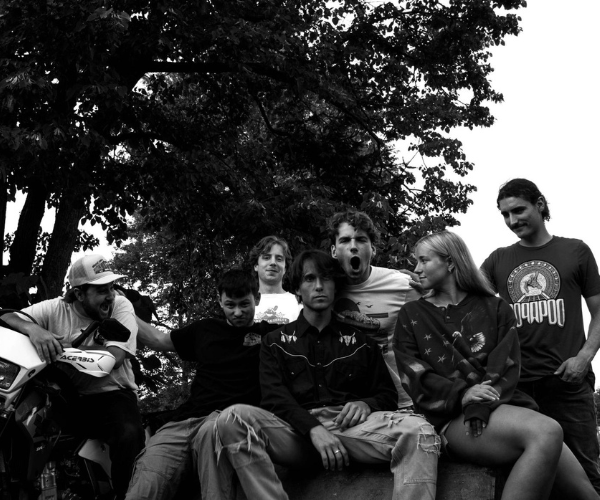Say “pop art” and Andy Warhol’s giant soup cans just pop into your mind, don’t they?
Talk to Claremont Graduate University art professor David Pagel, however, and he’ll tell you that pop art is gathering sophistication and depth, moving away from the shallow style that Warhol and Roy Lichtenstein portrayed so enthusiastically years ago.
Think of it as Bugs Bunny goes to college.
“When pop started out, it was pretty blunt,” explains Pagel, also an art critic for the Los Angeles Times. “It didn’t have a lot of coloristic nuance or compositional nuance; those qualities are always associated with the old masters.” He says today’s pop art is more refined in its construction and subject matter. “It’s more of an opera than a rock ’n’ roll song.”
Pagel is trying to nudge this new style into the art community using his contemporary exhibit, POPulence, which tours through Houston, Winston-Salem, N.C., and the Museum of Contemporary Art (MOCA) Cleveland. The idea struck Pagel three years ago after Terrie Sultan, director of Blaffer Gallery at the University of Houston, approached him about putting together a show. Pagel started thinking about how often people discuss second- and third-generation Abstract Expressionism — the movement that pop was created to mock — while still treating pop as if it were a young art. “It’s been around for 45 years, and I think anything that’s been around that long must be developing and not sitting still,” Pagel says.
Ana Vejzovic, assistant curator at MOCA, says the exhibit’s diversity is one reason the museum chose to bring it to Cleveland. “It’s just a wonderful, beautiful mix of works and talents,” she says. The show features 50 pieces by 19 internationally known contemporary artists, including Polly Apfelbaum, L.C. Armstrong, Marcelo Pombo and David Reed — all of whom Pagel feels produce works of sophistication but “still with a trashy, in-the-street vulgarity.”
For example, Takashi Murakami’s “Jellyfish Eyes — Silver and Red,” the hand-painted, silver-leafed silk wall hanging is reminiscent of mandalas found in ancient Buddhist temples, but decorated with abstract eyes floating around like cartoon fish. Explained in the exhibit’s program, the design causes unbridled consumerism to face off with disciplined medita-tion.
Apfelbaum’s “Love Love Me Do,” named after the Beatles’ song, is the biggest, if not the brightest piece in the show. At 20-by-15 feet, this living-room-sized field of flowers made with tacky synthetic velvet glows with highlighter pink, yellow and orange hues. Apfelbaum says the flowers and the material combine to create both a beautiful and sleazy work. “It kind of touches on all those issues of beauty and desire —[which aren’t] all sweet,” explains Apfelbaum.
If analyzing the subtleties of every piece doesn’t spark your interest, don’t panic. Pagel promises that all works are user-friendly, a trait the second generation has retained from its predecessors and one that excites him. “I think the achievement of the work is that it gets rid of the idea that if something is refined, it’s only for the upper crust,” he says.
POPulence and another exhibit, Drawn to Cleveland, open Sept. 16 from 7-10 p.m. at MOCA Cleveland. POPulence continues through Dec. 30. For more information, visit www.mocacleveland.org or call (216) 421-8671.



